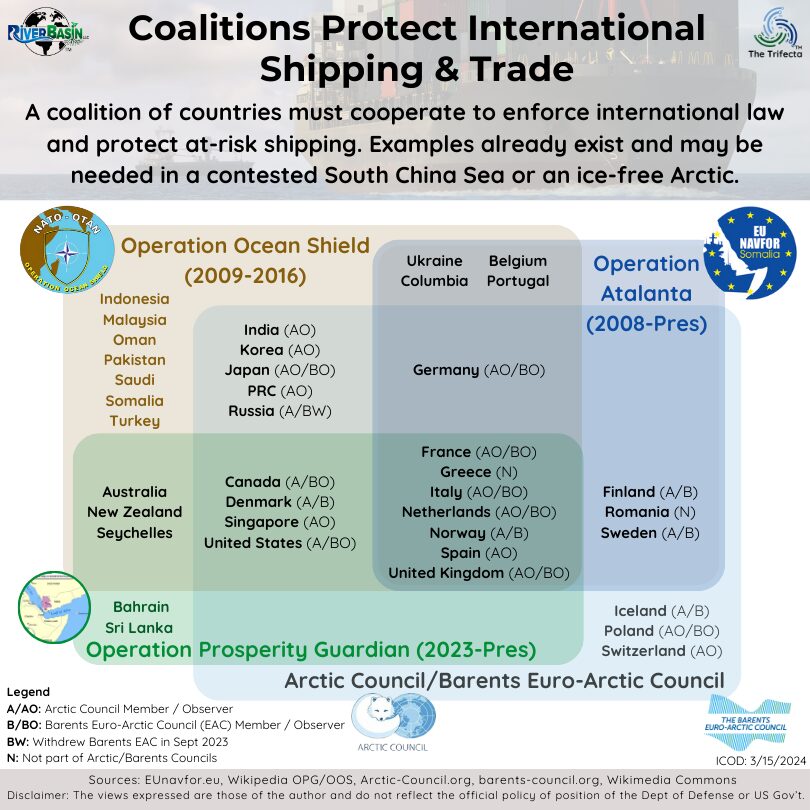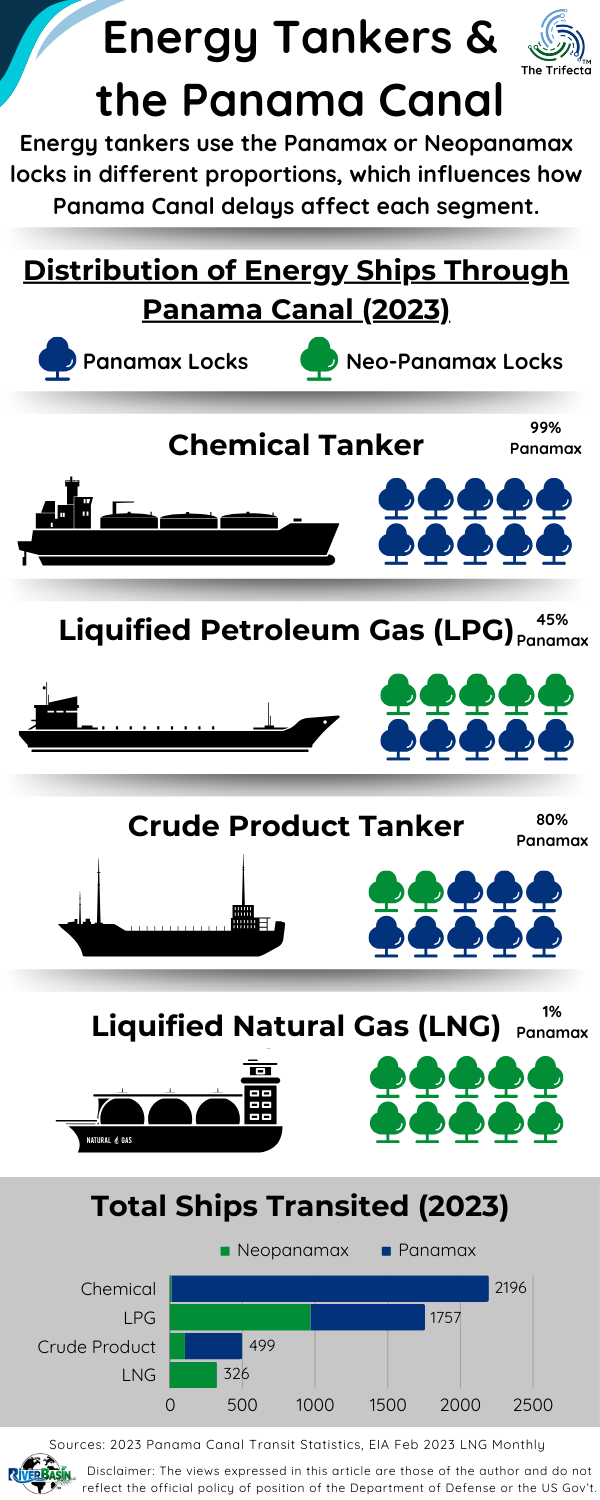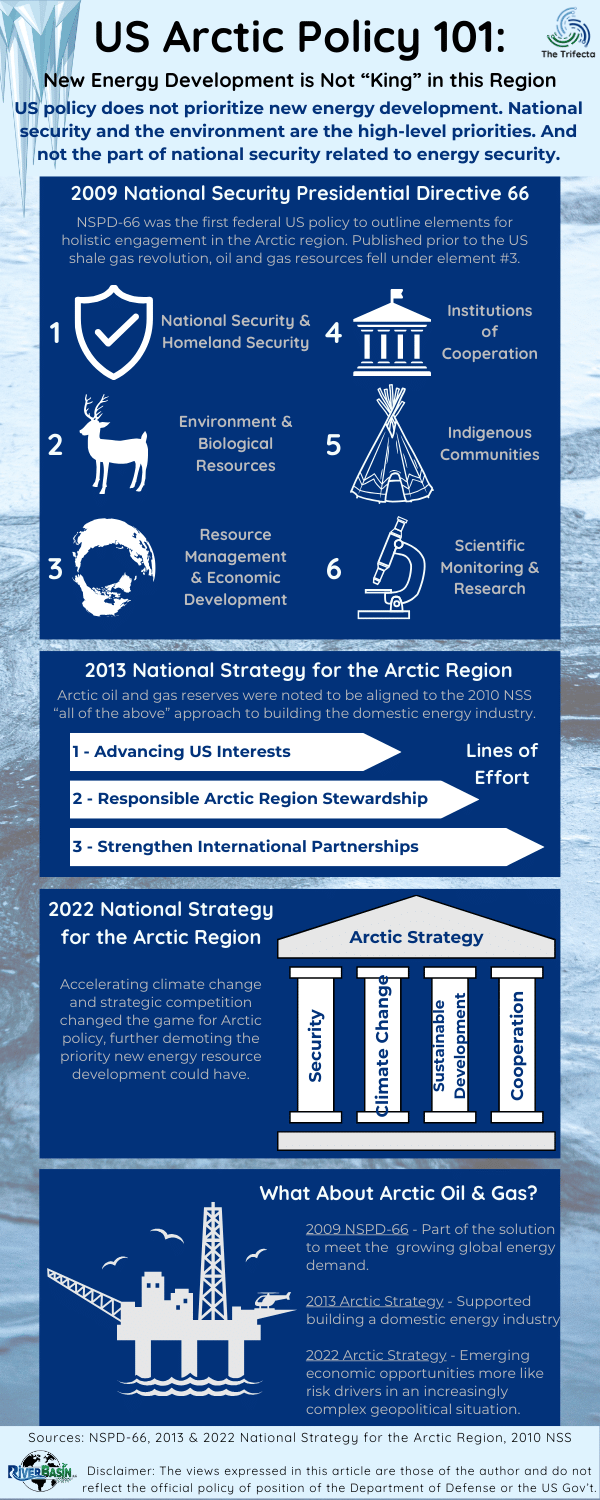
BLUF
Why does this matter?
Catch Up on Foundation Material
Read NSS 101 for a primer on the US National Security Strategy. The Trifecta launch mentioned that politics, although shaping everything, will not be discussed here. “What” is the focus of this article. The reasons for including environmental issues in the NSS are complex and political, requiring dissertations to fully address.
Key Take-Aways
- Climate change first appeared – on page 2 – in the 1991 US National Security Strategy.
- Environmental impacts of fossil fuel use were linked in some early NSS. An early version of well-to-wheels made an appearance too.
- NSS language reflects a growing recognition of the complex and interconnected nature of environmental, economic, and security challenges.
- In recent years, the NSS increasingly identified climate change as a threat multiplier.
Disclaimers: The views expressed in this article are those of the author and do not reflect the official policy or position of the Department of Defense or the U.S. Government. The appearance of external hyperlinks does not constitute endorsement by the United States Department of Defense (DoD) of the linked websites. The DoD does not exercise any editorial, security or other control over the information you may find at these locations.
Unless otherwise linked, this post is based on pre-2022 NSS archived by the Historical Office of the Office of the Secretary of Defense. The NSS are not linked throughout and can be retrieved at that site.
Climate change first appeared – on page 2 – in the 1991 US National Security Strategy.
Environmental impacts of fossil fuel use were linked in some early NSS. An early version of well-to-wheels made an appearance too.
Before naming “climate change,” the 1990 NSS was the first to link the environment in a discussion about energy. In the energy section of his 1990 NSS, the President concluded with a call to “devote greater attention to reducing fossil fuel emissions in light of growing environmental concerns.” (1990 NSS p22)
In a longer energy section in the 1991 NSS, the President remarked “to meet pressing environmental concerns, we must limit the harmful effects of energy production, transportation and use. The increase, safe use of nuclear power, for example, can significantly reduce greenhouse gas emissions.” (1991 NSS emphasis added)
These two examples are the first when the national security strategy recognized the connection between energy and environment. Notably, the 1991 characterization of “production, transportation and use” aligns with the current well-to-wheels life cycle assessment (LCA) methodology. This LCA methodology is industry standard and is used to develop carbon intensity (CI) scores.
NSS language reflects a growing recognition of the complex and interconnected nature of environmental, economic, and security challenges.
Every NSS has reflected on environmental issues, since the NSS was mandated in 1986 and first published in 1987. Meanwhile, perspective and understanding of how these issues affect national security has changed.
While the Cold War persisted, the President highlighted space-based environmental monitoring as an activity essential for national security. (1987 NSS p31) Later, the President noted the depletion or contamination of a developing country’s natural resources created environmental problems the global community needed to help solve. (1988 NSS p6) In the absence of solutions, the environmental problems degraded prospects for world peace and prosperity, which was a national security concern.
1990 to 1993
From 1990 to 1993, climate change, biodiversity, deforestation, and water disputes were prominent. As more backdrop to the 1990 initial inclusion of environment and climate change in the NSS, recall some key milestones — 1985 ozone hole discovery, 1987 Montreal Protocol, 1988 Intergovernmental Panel on Climate Change (IPCC), and the 1990-1991 Gulf War. While not an exhaustive list, these events help explain how the President characterized environmental issues in the 1990-1993 NSS.
Limited discussion on page 22 of the 1991 NSS focused on ozone depletion, climate change, food security, water supply, deforestation, and biodiversity. By 1993, environmental degradation was an important consideration for strengthening the US economy internationally. Environmental problems were transnational and prevented developing nations from sustaining economic growth. The President characterized economic growth and environmental protection as complimentary objectives in the NSS that the US should help fund and lead.
1994 to 2000
From 1994 into 2000, we saw the most robust and consistent focus on the environment, including sustainable development. Climate change, GHG, biodiversity, deforestation and ozone depletion featured prominently. In addition, the President highlighted desertification, sea level rise, overfishing and ocean pollution. At a high level, his characterization of environmental issues changed over the years. Initially, it focused mostly on the environment in isolation.
Eventually, it identified environmental destruction as an emerging class of transnational issues that affect international stability. The multi-faceted security challenge combined environmental degradation with sustainable development, economic progress and human health needs.
Under the economic section of the 1995 NSS, the President committed the US to reduce GHG emissions to 1990 levels by 2000. He also cited recent progress phasing out ozone-depleting substances, and signing the Biodiversity Convention and Desertification Convention following the 1992 Rio Earth Summit. The following few years’ NSS focused more directly on sustainable development and various environmental initiatives. In 1999-2000, the NSS included HIV/AIDS as a specific call-out related to global diseases in the “Environment and Health Initiatives” section. The President noted diseases and epidemics are often spread through environmental degradation.
2001 to 2009
9/11 marked a shift in the NSS environmental discussion, just as it precipitated a change of security focus to terrorism. The 2002 NSS noted global efforts to stabilize GHG concentrations as an important component of economic growth. The President stated the US would reduce GHG emissions by 18% per unit of economic activity by 2012.
The 2006 NSS discussed environmental destruction and cataclysmic mega-disasters as challenges of globalization. In it, the President noted the US joined the 2005 Asia-Pacific Partnership for Clean Development and Climate (APP), which formally concluded in 2011. The goal of APP was to address the challenges of climate change, energy security and air pollution in a way that encourages economic development and reduces poverty. APP connected climate change and energy security together, recognizing they are linked and must be addressed together.
2010 to 2022
In the 2010 and 2015 NSS, climate change, GHG, natural disasters, water and drought were the environmental focus areas. The 2010 NSS included a section near the end about climate change as a key global challenge requiring international cooperation. By 2015, “Confront Climate Change” had its own section within the security discussion near the beginning of the NSS. Referencing the 2013 Climate Action Plan as a foundation, the President stated the US would reduce GHG emissions by 26-28% of 2005 levels by 2025. Later, in 2014, he secured an agreement with PRC to reduce emissions by 2030 and committed significant funding to the Green Climate Fund. The 2015 NSS incorporated climate change as a priority issue for ensuring national security.
The 2017 NSS framed GHG emission reductions and environmental protection within a discussion of energy dominance. The President wrote, “Climate policies will continue to shape the global energy system… The United States will continue to advance an approach that balances energy security, economic development, and environmental protection.” (2017 NSS p22) The discussion recognizes the interconnectivity among the economy, energy and the environment.
Most recently, the 2022 NSS brought back the most common topics (climate change, GHG, biodiversity and deforestation) while also highlighting natural disasters, water depletion, sea level rise, and drought. For the first time, the NSS included a combined subsection entitled “Climate and Energy Security.” The strategy emphasizes the need to transition to clean and renewable energy sources to reduce dependence on fossil fuels, which are both a major source of greenhouse gas emissions and a driver of geopolitical competition. By transitioning to clean energy, the US can enhance its energy security and reduce its contribution to climate change.
In recent years, the NSS increasingly identified climate change as a threat multiplier.
This means that while climate change itself may not directly cause conflicts or crises, it exacerbates existing vulnerabilities and can escalate tensions. For example, droughts and food shortages can contribute to instability in vulnerable regions.
Climate change has the potential to shape geopolitical dynamics. The NSS recognizes that competition for resources, such as water and arable land, could intensify in regions already experiencing stress. This competition could lead to conflicts or exacerbate existing ones, making it essential to manage these risks proactively.
As a threat multiplier, climate considerations are now integrated into the NSS. This involves not only addressing the direct effects of climate change, but also understanding how it intersects with other security challenges. We can see this integration in the development of comprehensive climate risk assessments and incorporating climate considerations into military planning. President Biden launched these efforts with Executive Order 14008, which put the climate crisis at the center of US foreign policy and national security.
Climate-induced migration can strain regional stability and security. Rising sea levels, extreme weather events, and resource scarcity can displace populations, leading to mass migration. The strategy recognizes the need to address the security implications of climate-related migration, both domestically and internationally.
Science and innovation will play a critical role in addressing climate change. It calls for continued investment in research and development to advance clean energy technologies, enhance climate monitoring and prediction, and improve resilience strategies. Innovation is a key driver of both climate mitigation and adaptation.

Think About It...
- When did climate effects first cause disruption to your business operations?
- How does your business mitigate climate-induced effects in your operations?
- What climate resilience measures does your business use to ensure continuity of operations?
DOPSR 24-P-0111




